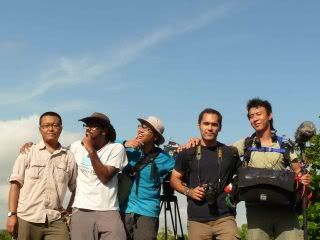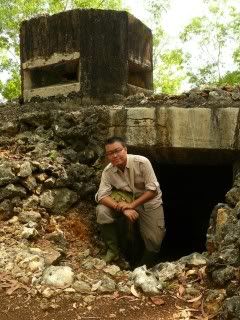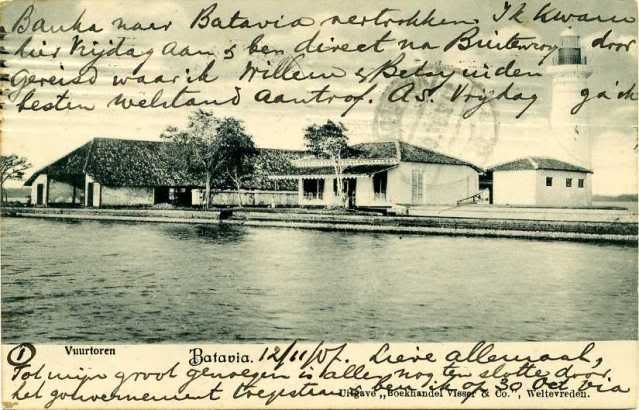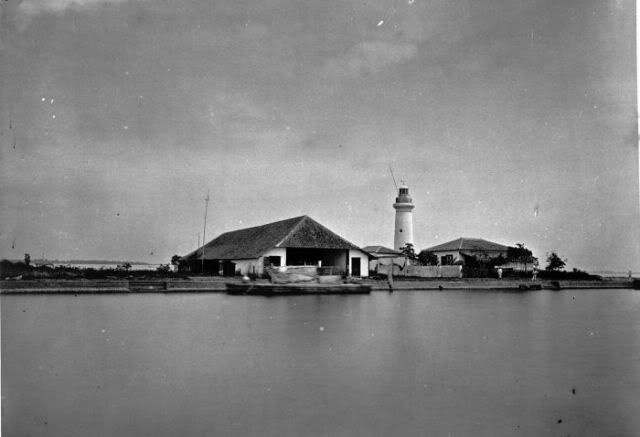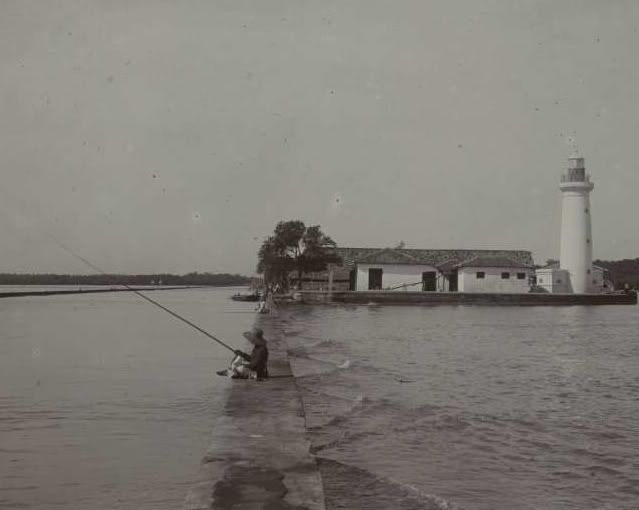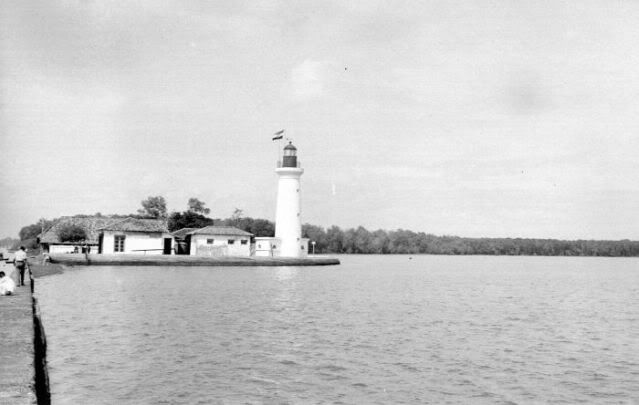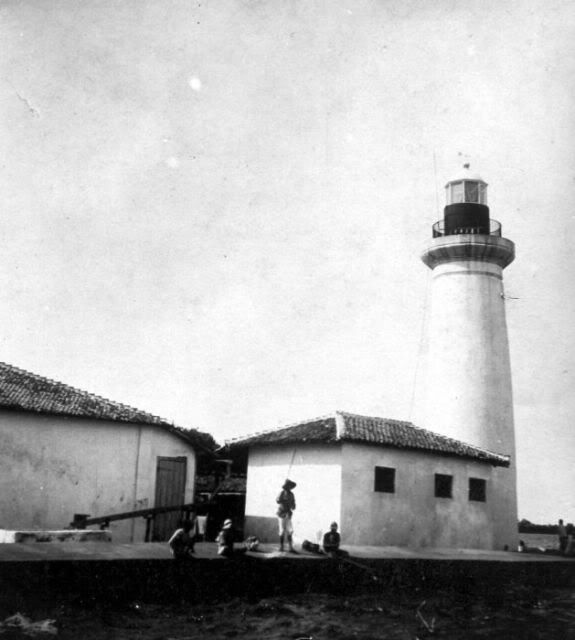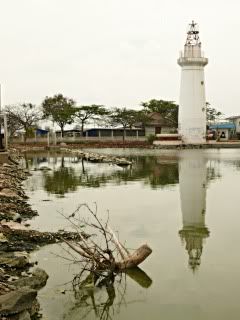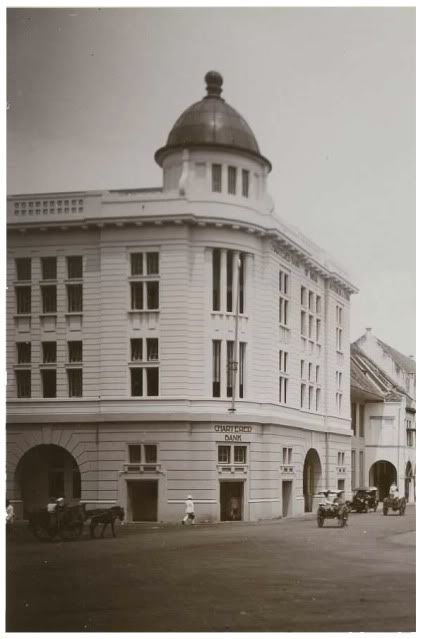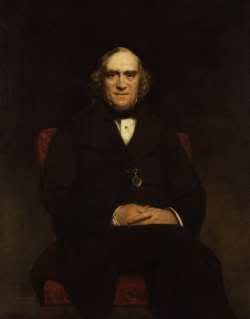
The Cupola of Chartered Bank
This British overseas bank has three storey building which garnished by copula, that is a small domed structure on top of its roof, the gallery which garnished by long arcade, and the Doric column which installed in the front facade.
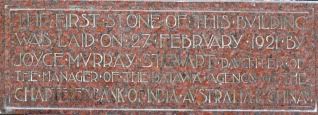
The Marble Plague Inscription
"THE FIRST STONE OF THIS BUILDING WAS LAID ON 27 FEBRUARY 1921 BY JOYCE MURRAY STEWART DAUGHTER OF THE MANAGER OF THE BATAVIA AGENCY OF THE CHARTERED BANK OF INDIA, AUSTRALIAN, AND CHINA"
Broadly, this neo-classical architecture adopted the rationalism and traditionalism in early 20th century. It was the representative office of “Chartered Bank of India, Australia, & China” in Batavia, sited at Kali Besar West No. 1 – 2, on the corner of Gang Malaka and Kali Besar West. The bank's traditional business was in cotton from Bombay, indigo and tea from Calcutta, rice from Burma, sugar from Java, tobacco from Sumatra, hemp from Manila and silk from Yokohama.
THE MAP OF KALI BESAR AND ITS SURROUNDINGS
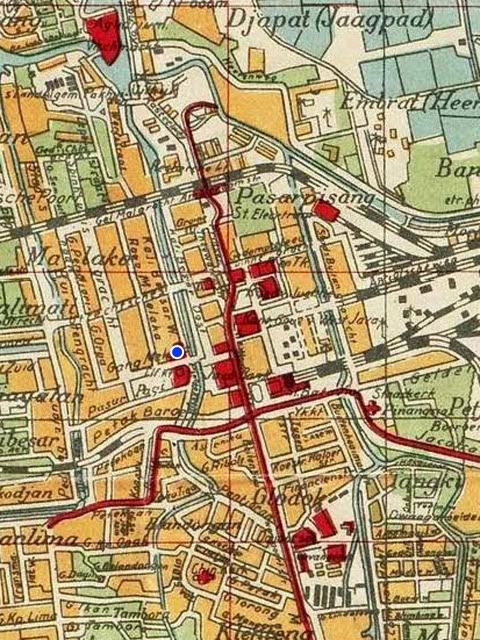
Blue point indicates the position of this building
“Batavia Military Guide Map”
Published by Survey HQAFNEI in December 1945.
Source: KIT - Netherlands
Courtesy of Hatmanto Sri Nugroho
______________________________________________________________
THE STAINEDGLASS:
J. SABELIS & CO. HAARLEM – NETHERLANDS
J. Sabelis & Co., Paint and Glaseries, Spaarne 73-79 and Gierstraat 60 in Haarlem.
1889-1926

Below, the detail of J. Sabelis’s work.
It describes the plantation activity in Netherlands Indies
with the gesture in European style.

Man Carried Tobacco

Rice Pounding Lady

Sugarcane Worker

Lady with Her Handbag

Rubber Plantation Worker
______________________________________________________________
Chartered Bank of India, Australia, and China in Batavia – 1920s
THE TIMELINE HISTORY OF CHARTERED BANK
1853
The Chartered Bank of India, Australia and China was a bank founded in London by James Wilson following the grant of a Royal Charter from Queen Victoria.
James Wilson
[3 June 1805 – 11 August 1860]
Painted by Sir John Wilson Gordon
Source: National Portrait Gallery, London
1858
The bank opened its first branches in Calcutta and Bombay and then Shanghai.
1859
The bank opened a branch in Hong Kong and an agency in Singapore.
1861
The Singapore agency was upgraded to a branch.
1862
The bank was authorized to issue bank notes in Hong Kong,
and printed bank notes in China and Malaya in the following decades.
1863
The Chartered Bank agency was established in Batavia.
1912
The New York branch was established.
1921
New building of representative office in Batavia was opened in Kali Besar West No. 1 – 2, on the corner of Gang Malaka and Kali Besar West with building size of 2,279 m2.
Designed by EHGH Cuypers (1859-1927)
1942-45
The Chartered Bank was affected by Japanese occupation.
1957
Chartered Bank bought the Eastern Bank together with the Ionian Bank's Cyprus Branches. This established a presence in the Gulf.
1964
The Indonesia government nationalized Chartered Bank’s operations in Indonesia and merged them into Bank Umum Negara (BUNEG).
1965
The Indonesia government brought BUN into the Bank Negara Indonesia (BNI) group,
renaming it Bank Negara Indonesia Unit IV (BNI IV).
1968
The Indonesian government again reorganized some banks. BNI IV became an independent bank with the name Bank Bumi Daya (BBD).
1969
Chartered Bank merged with the Standard Bank of British South Africa
(founded by John Paterson in 1862) and became the Standard Chartered Bank.
1999
The restructuring agenda for the banking sector
on the subject of financial and banking crisis,
the government merged four state ownership banks: Bank Bumi Daya (BBD), Bank Dagang Negara (BDN), Bank Ekspor Impor (Exim), and Bank Pembangunan Indonesia (Bapindo). The new bank was established: Bank Mandiri.
______________________________________________________________
THE ARCHITECTURE INSIGHT
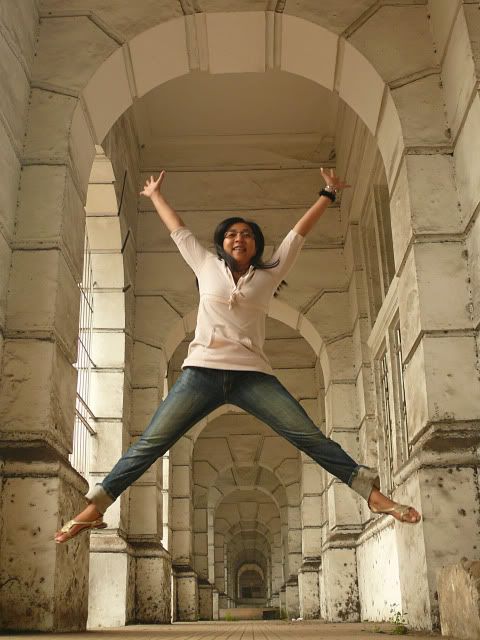
Gorgeous Minutiae of Neo-Romanesque Gallery
The Chartered Bank in Batavia was designed by Amsterdam architect,
Eduard Gerard Hendrik Hubert Cuypers
(Roermond, 18th of April 1859 - Den Haag, 1st of June 1927)
Eduard Cuypers, also a younger nephew of Piere Cuypers (a senior Dutch architect), adopted the Rationalism and Traditionalism value that quickly emerged after the first world war. The architecture of The Chartered Bank has a conception which seems strongly influenced by the Empire style popular and in use by the British in India.
Rationalism tendencies with maximum economy in the use of land and in construction; the attention to the specific characteristics of different materials (wood, iron, glass, metals, etc.), the idea that artistic form derives from a previously defined method or problem, leading to the correspondence between form and function, and constant use of new technologies.
Whereas the Traditionalism was a reaction against the Functionalism and the Expressionism of the Amsterdam School, and returning spirit to rural and national architectural styles and traditions, with tidy brickwork, minimal decoration.
“GANJANG MALAYSIA”
TERMINATED THE CHARTERED BANK
Soekarno’s thought about “NeoKoLim” (Neo-Colonialism, Colonialism, and Imperealism) torched and fueled the Indonesian’s confrontation to Malaysia in 1964. It applied that the British overseas enterprises in Indonesia would be nationalized as well to eliminate the influence of the neo-colonialism. Indonesian supposed that The British and its colony (Malaysia) was the agent of neo-colonialism, hence they had to be wiped out, without any exception.
THE STANDART CHARTERED BANK TODAY
The office building of Chartered Bank in Batavia told us about history of Standard Chartered Bank today. In the beginning, the bank opened the representative in Batavia since 1863. Present day, it has 14 branches in 7 largest cities in Indonesia; Jakarta, Surabaya, Bandung, Semarang, Medan, Surakarta and Denpasar. Hoewever, the heritage office building in Kali Besar was property as Indonesian state ownership bank since 1964.
><
REFERENCES
“The Quest for the Ultimate Architecture Indonesia in the Late Colonial Period”
By Cor Passchier
“Het Indische Bouwen”
Architectuur en stedebouw in Indonesie
Seminar of Change and Heritge in Indonesian Cities, 1988

